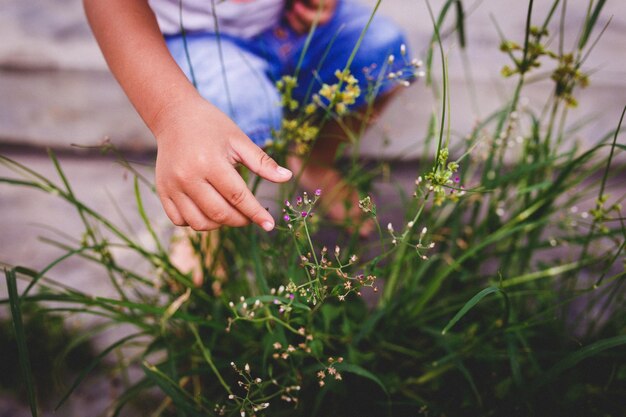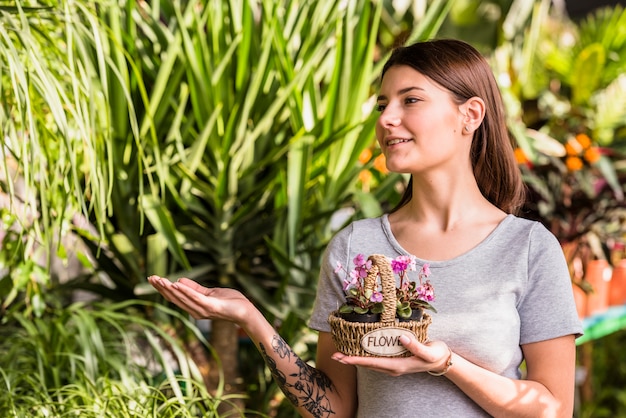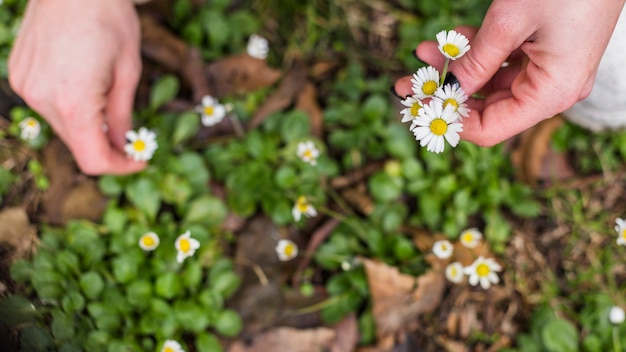Imagine walking through your backyard, surrounded by a vibrant sea of colourful wildflowers gently swaying in the breeze. Bees buzz happily from bloom to bloom, butterflies flit gracefully, and you feel a sense of calm as nature works its magic. That could be your backyard! The secret? Wildflower planting. And trust me, creating a stunning, low-maintenance wildflower garden isn’t as difficult as it might seem.
In this article, I’ll walk you through five proven tips that will help you transform your backyard into a wildflower haven. Whether you’re a complete newbie to gardening or a seasoned green thumb, these tips are designed to make your garden thrive.
1. Choose the Right Wildflower Mix for Your Region

Here’s the first tip—and it’s an important one. Wildflowers are as diverse as the regions they come from, and choosing the right wildflower mix tailored to your local climate and soil conditions is key to success. You wouldn’t plant tropical flowers in a desert, right? The same principle applies here.
I remember when I first started planting wildflowers; I was so excited that I grabbed the prettiest mix I could find. Unfortunately, most of those flowers weren’t suited for my area, and my garden ended up looking patchy and sad. Lesson learned! So, how do you choose the right mix? It’s simple. Wildflower seed companies often sell region-specific blends, tailored to local growing conditions. Look for mixes labelled for your climate zone, or consult your local nursery for advice.
And here’s a bonus: not only does choosing the right wildflower mix ensure that your garden will thrive, but it also helps reduce the need for extra water and fertilizers. After all, these flowers are naturally suited to the environment and tend to flourish on their own.
2. Prep the Soil Like a Pro
Now that you’ve got the right seeds, let’s talk about soil. Prepping your soil is like setting the foundation for a house—get it right, and everything else falls into place. But don’t worry; you don’t need to be a soil scientist to make this work.
Wildflowers aren’t too fussy, but giving them a good start by clearing the area of weeds and old roots can make a world of difference. Weeds, believe it or not, are like those neighbours that hog all the water and sunlight, leaving nothing for your precious flowers. You’ll want to give your seeds a fighting chance by removing those greedy weeds beforehand.
After clearing the area, give the soil a light till. You don’t need to go overboard here. A simple rake to loosen the top layer will allow your seeds to nestle into the earth, making it easier for them to establish roots. And don’t forget to test your soil’s pH. Wildflowers prefer slightly acidic to neutral soil (pH 6.0-7.0), but many are adaptable. If your soil’s off, a little lime or organic matter can balance things out.
3. Timing is Everything: Plant in the Right Season
You might be thinking, “Can I just plant whenever I want?” Well, not exactly. Timing is everything when it comes to wildflower planting. Planting in the right season can make or break your garden.
For most wildflowers, spring and fall are prime planting seasons. Spring planting works well for flowers that bloom in summer and fall, giving them enough time to establish roots before the heat hits. Fall planting, on the other hand, mimics nature’s natural seeding cycle. Many wildflowers drop seeds in autumn, allowing them to lie dormant through winter and sprout once warmer temperatures return.
But here’s the trick: depending on where you live, planting times can vary. In colder regions, fall planting allows seeds to “stratify” or experience a cold period, which some wildflowers require to germinate. In warmer climates, early spring is ideal to avoid the intense summer heat. A little research into your local growing zone can go a long way here.
4. Water Smartly (But Don’t Overdo It!)
Watering is where many people, myself included, can get a little too eager. We want to nurture our wildflower garden, so we overdo it. Trust me on this one—less is often more when it comes to watering wildflowers.
In the beginning, you’ll need to water your wildflowers regularly to help the seeds germinate and establish roots. But once they’re settled in, they’ll do much of the heavy lifting themselves. Wildflowers are naturally drought-tolerant, especially once they’ve rooted deep into the soil. Overwatering can lead to mould and disease, and even drown your plants.
A good rule of thumb is to water your garden lightly once or twice a week during dry spells. You want to keep the soil moist, not soggy. If the top inch of soil feels dry, it’s time to water. But if it’s still damp, let nature do its thing. Remember, wildflowers thrive in nature without much help, so trust that they’ll adapt to your garden, too.
5. Embrace the Natural Look (Imperfection is Beautiful)

One of the most freeing aspects of wildflower planting is learning to embrace the natural, slightly untamed look of your garden. We live in a world where pristine lawns and perfectly trimmed hedges are often the gold standard, but wildflowers encourage us to think differently. They teach us that beauty comes in all forms, even in the form of a wild, chaotic garden.
Unlike traditional gardens where symmetry and order reign, wildflower gardens are all about diversity and natural growth. Some areas might bloom earlier, others later, and certain patches may be denser. But that’s the beauty of it! It creates a dynamic, ever-changing landscape that mirrors nature itself.
Personally, I love walking into my backyard and seeing the randomness of blooms, each flower adding its unique character to the garden. There’s something magical about letting go of control and letting the garden do what it does best—grow freely.
Bonus Tip: Attract Pollinators with the Right Flowers
Okay, I promised five tips, but I can’t resist throwing in a bonus one! If you want to not only beautify your backyard but also contribute to the local ecosystem, consider planting wildflowers that attract pollinators like bees, butterflies, and birds. Pollinators are crucial for the health of our environment, and by planting their favourite flowers, you’re doing your part to support biodiversity.
Flowers like coneflowers, milkweed, and black-eyed Susans are fantastic options for attracting bees and butterflies. Not only do these flowers provide nectar for pollinators, but they’re also stunning additions to any wildflower garden. And let’s be honest, who doesn’t want to see butterflies dancing around their backyard?
Conclusion
And there you have it—five proven wildflower planting tips (plus a little bonus!) to help you create a stunning backyard garden. Wildflower planting isn’t just about adding beauty to your yard; it’s about creating a space that’s in harmony with nature, one that thrives with minimal effort on your part.
From choosing the right wildflower mix to embracing the natural, untamed look of your garden, these tips are designed to make your wildflower garden a success. So whether you’re a gardening newbie or a seasoned pro, why not give wildflower planting a try? You’ll be rewarded with a vibrant, colourful garden that not only delights the senses but also supports your local ecosystem.
Now, grab those seeds and get started—you’ve got a stunning wildflower garden to create!

